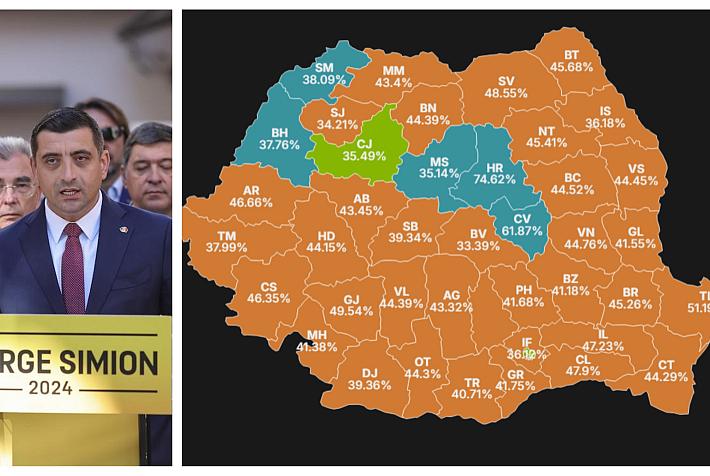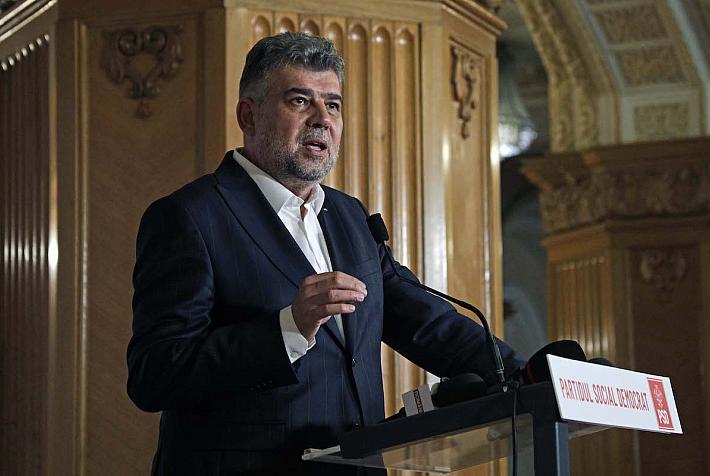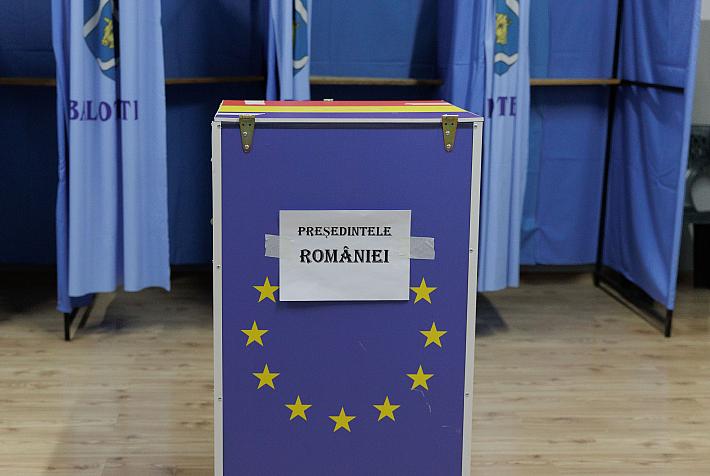Romania’s central bank hikes monetary policy rate for the first time in almost 10 years

Romania’s National Bank (BNR) Board of Directors decided on Monday, January 8, to increase the monetary policy rate from 1.75% to 2% per year, the first move of this kind since August 2008. The decision marks the end of the central bank’s monetary policy relaxation strategy in the past nine years and local analysts expect more increases in the monetary policy rate this year.
From February 2009 until May 2015, BNR gradually reduced the monetary policy rate from 10.25% to 1.75%, to help boost the local economy after the crisis. Then, the monetary policy rate remained unchanged for over two and a half years.
BNR’s decision comes after the annual inflation rate went up from 1.77% in September 2017 to 3.23% in November, with advances in the prices of consumer goods and services almost across the board.
Romania's central bank expects 3.9% inflation in early 2018
“The latest assessments indicate the outlook for the annual inflation rate to pick up further in the months ahead, mainly due to supply-side factors, as well as to rising pressures from fundamentals, overlapping in the early months of 2018 the inflationary base effects associated with the indirect tax cuts and removals and with the decline in administered prices,” reads the central bank’s statement issued after the board meeting.
“The uncertainties and risks surrounding the inflation outlook stem mainly from the fiscal and income policy stance, the volatility of international oil prices, and from the pace of euro area and global economic growth,” according to the same statement (the full release is available here).
In a press conference after the board meeting, BNR Governor Mugur Isarescu explained that the central bank’s goal this year is a higher interest rate stability and a higher flexibility of the exchange rate.
“I haven’t decided if the interest rates will move significantly over 2%. We believe that the current 2% interest rates correspond to current necessities,” he said, when asked how the central bank plans to manage the liquidity in the monetary market. The 3-month interbank interest rate - ROBOR 3M, one of the main references for loans in local currency, stood at 2% on Monday. Isarescu said he didn’t expect to see a significant increase of the ROBOR after the central bank’s decision to increase the monetary policy rate.
When asked to comment on the “fiscal policy risks”, Isarescu said that the central bank insists that a pro-cyclical fiscal policy is not to be desired and that the Government should not only try to keep the budget deficit under 3% of the GDP but should also try to improve the budget structure and allot a higher share of the total expenditure to investments. “The economic growth should be based more on investments and less on consumption. The sooner this is done, the better,” he said.
The next BNR board meeting will take place on February 7, when the board will also analyze the inflation report for the last quarter of 2017.
Raiffeisen Bank revises up Romania’s economic growth
editor@romania-insider.com











